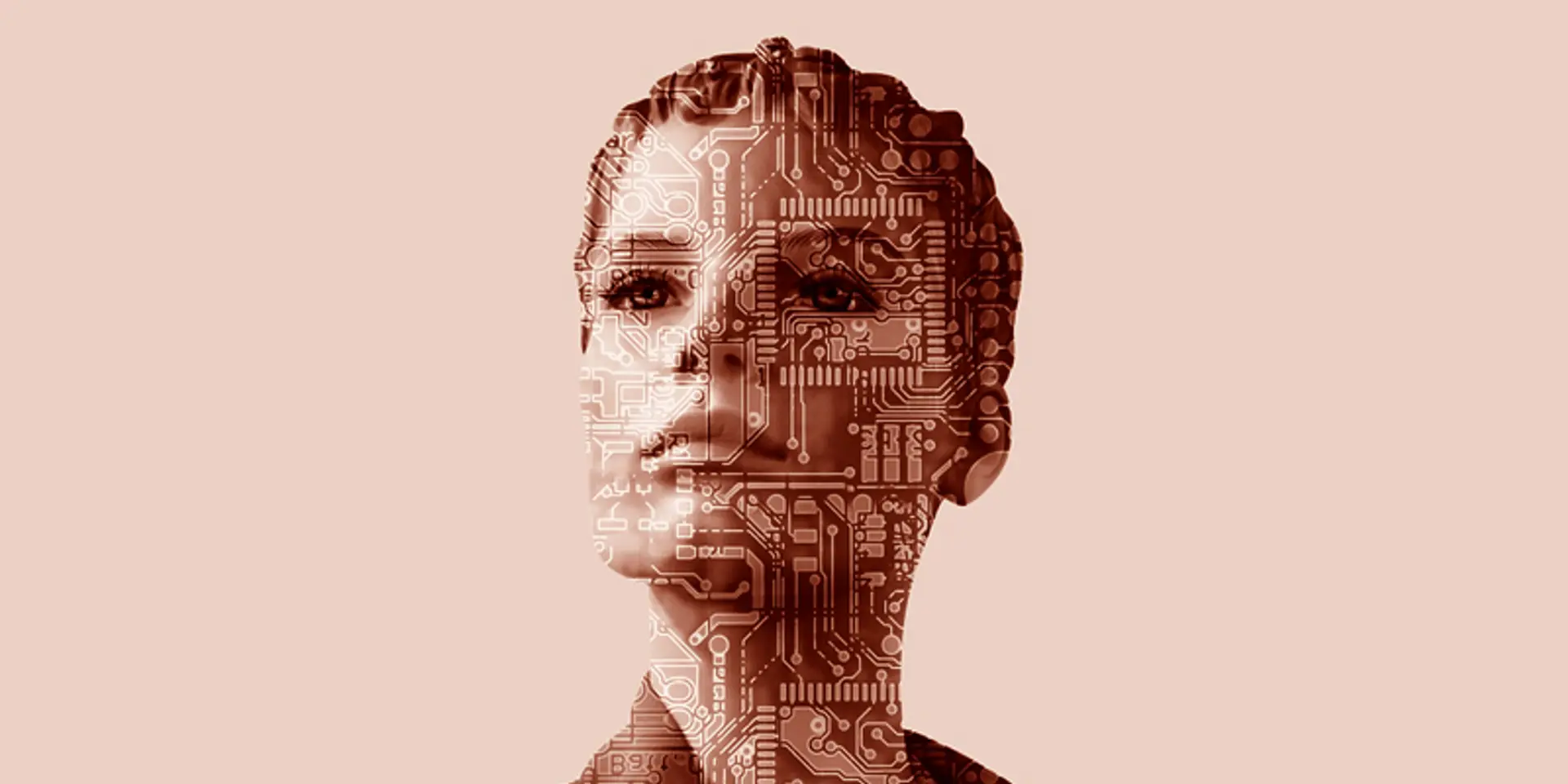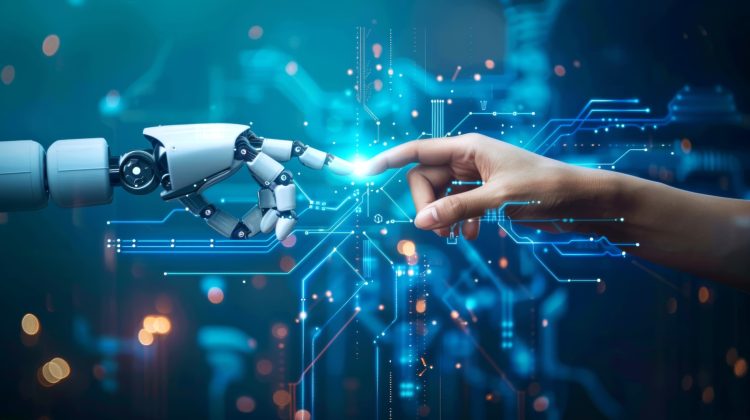Introduction
In a world where technology continues to progress at an astonishing rate, we are faced with a fascinating and somewhat daunting question: Are we creating robots that can outthink us? Artificial intelligence (AI) and robotics have already revolutionized industries from healthcare to entertainment, but what happens when machines not only assist us but surpass our cognitive capabilities? This article explores the concept of AI, its potential to outthink humans, and the broader implications of creating intelligent systems that could surpass human ingenuity.
The Evolution of Artificial Intelligence
Artificial intelligence, once a science fiction dream, has become a part of our daily lives. From self-driving cars to voice-activated assistants, AI’s role has rapidly expanded. But what sets the new wave of AI apart from previous iterations is its learning capabilities, particularly through machine learning and deep learning.
Machine learning (ML) allows systems to learn from data, identify patterns, and make decisions with minimal human intervention. Deep learning (DL), a subset of ML, mimics the human brain’s neural networks, enabling machines to process complex data and perform tasks such as image recognition, language translation, and even autonomous decision-making.
As AI continues to improve, the potential exists for machines to not only mimic human intelligence but to enhance their cognitive functions beyond our natural limitations. The question remains, though—can AI truly outthink humans, or will it always rely on our guidance?
The Concept of Superintelligence

The term superintelligence refers to a hypothetical AI that surpasses human intelligence in every aspect. This encompasses not only basic tasks like problem-solving and reasoning but also creativity, social intelligence, and even emotional intelligence. Could machines one day be capable of understanding complex human emotions or creating original art and literature?
Futurists like Nick Bostrom, in his book Superintelligence: Paths, Dangers, Strategies, discuss the potential risks and rewards of such advancements. On one hand, superintelligent AI could solve some of humanity’s most pressing challenges, such as curing diseases or tackling climate change. On the other hand, the creation of such powerful entities brings inherent risks: from ethical concerns to the loss of control.
In the pursuit of building AI that can outthink us, there is a fear that we may one day create machines that evolve beyond our understanding, control, and even our interests. This idea is often referred to as the singularity, a point at which AI’s intelligence will accelerate beyond human comprehension.
Can AI Outthink Humans?
Let’s first address the core question: Can AI outthink humans? It’s essential to understand that while AI may exceed human performance in specific tasks, it does not yet exhibit general intelligence. General AI (AGI) refers to a machine’s ability to perform any intellectual task a human being can do. Today’s AI systems, however, are examples of narrow AI—highly specialized in one area but limited outside of it.
For instance, AI has been designed to beat humans at games like chess and Go—both of which require strategic thinking and planning. Google’s AlphaGo famously defeated one of the world’s top Go players in 2016. The AI used deep learning and reinforcement learning to evaluate millions of possible moves, outstripping human intuition and calculation.
However, this victory was achieved in a narrowly defined, structured environment. The leap to broader human-like intelligence, which involves adapting to ever-changing real-world conditions, learning from experience, and exhibiting emotional understanding, remains a significant challenge. Can AI truly replicate these deeply human attributes, or will it always be restricted to specialized tasks?
The Role of Creativity in AI Development
A common argument in favor of AI’s potential to surpass humans revolves around its creativity. After all, AI can already compose music, generate paintings, and write articles. AI systems like OpenAI’s GPT-3 (the model behind ChatGPT) can generate text that is coherent, nuanced, and often indistinguishable from human-written content.
However, creativity is more than the ability to recombine existing ideas. True human creativity often arises from complex emotional experiences, social interactions, and a deep understanding of context. Could AI ever replicate this? Some argue that, while AI may be able to simulate creative processes, it lacks the lived experience that fuels true innovation.
AI-generated art is a prime example of this paradox. Machines can create impressive visuals and compositions, but can they produce something with the depth of meaning or emotional resonance that comes from a human artist’s personal journey? The question is not just about creating something novel but about creating something with genuine value.
Ethical and Societal Implications
As we move closer to developing machines capable of outperforming humans in certain domains, ethical concerns abound. If AI begins to make decisions that directly impact human lives—such as in healthcare, law enforcement, or military applications—who is responsible for these decisions? Can we trust AI to make moral choices, or will we be held accountable for the actions of the machines we create?
Another pressing issue is the impact of AI on employment. As machines become increasingly capable, they are likely to replace humans in many fields. While this could result in greater efficiency, it could also lead to widespread job displacement. The introduction of robots that outthink humans may widen the gap between skilled and unskilled workers, creating new societal inequalities.

Furthermore, the development of superintelligent AI poses an existential risk. If AI surpasses human intelligence, it could theoretically act in ways that are unpredictable, or even hostile, to human interests. This has led to calls for careful regulation and oversight in the development of AI technologies.
The Path Forward: Collaboration or Competition?
As the debate about AI’s future continues, a fundamental question arises: will we work with AI, or will it outpace us and leave us behind? Some experts argue that the ideal approach is to focus on building AI that augments human capabilities rather than replacing them. In this model, humans and machines collaborate, combining our creativity, intuition, and emotional intelligence with AI’s vast computational power and data processing capabilities.
The key to success lies in developing AI systems that are both transparent and controllable. By ensuring that AI remains aligned with human values and objectives, we can foster a future in which machines support human flourishing rather than supplanting it.
In this collaborative future, humans would still be the creators, and AI would act as a tool for us to solve complex, long-term challenges. In the best-case scenario, the combination of human creativity and AI’s computational power could lead to a new era of innovation and progress.
Conclusion
In summary, while AI has made great strides in outperforming humans in specific tasks, it is far from achieving the level of general intelligence that could rival or surpass human cognition across all domains. The potential for AI to outthink us is certainly possible in specialized fields, but the complexity of human intelligence—rooted in emotions, social dynamics, and lived experiences—remains a profound challenge for machines to replicate.
As we continue to push the boundaries of what AI can achieve, it’s essential to approach this technology with caution, humility, and a sense of responsibility. Whether AI becomes a tool that enhances our lives or a force that challenges our very existence depends largely on how we choose to shape its development. The future of AI will not just be about how smart the machines become, but how we adapt and work alongside them.











































